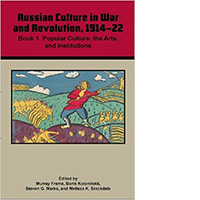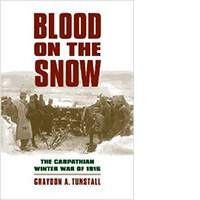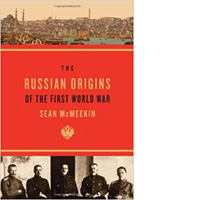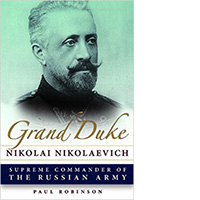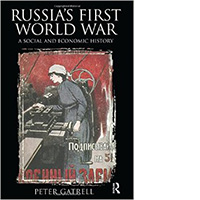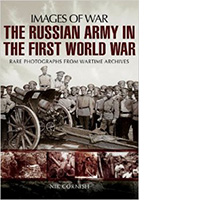This fall Indiana University commemorates the 100th year anniversary of the start of World War I. This gruesome conflict brought forth unprecedented destruction: peaceful European countryside ensconced in barbed wire, quaint fields and pastures disfigured with trenches, soldiers squirming in agony from chemical burns, the incessant shelling rupturing the ground… truly, Europe has never witnessed the horror of this proportion before.
All the Eastern European countries (and the Slavic world in particular) were deeply affected. The assassination of Archduke Franz-Ferdinand in Sarajevo by the Serbian nationalists provided a convenient excuse for the declaration of war. The Polish territory, torn apart and devastated by the empires, served as a scene of numerous military operations. In Russia, the war precipitated the collapse of the empire, Tsar Nicholas’s abdication from the throne, and the accession of Bolsheviks to power.
This mini-exhibition presents a few books on the topic selected by the Slavic and East European studies librarian Wookjin Cheun. All the titles are available at the Wells Library or via the e-library. Take a look or come to the fifth floor of Wells library to pick up those books!

